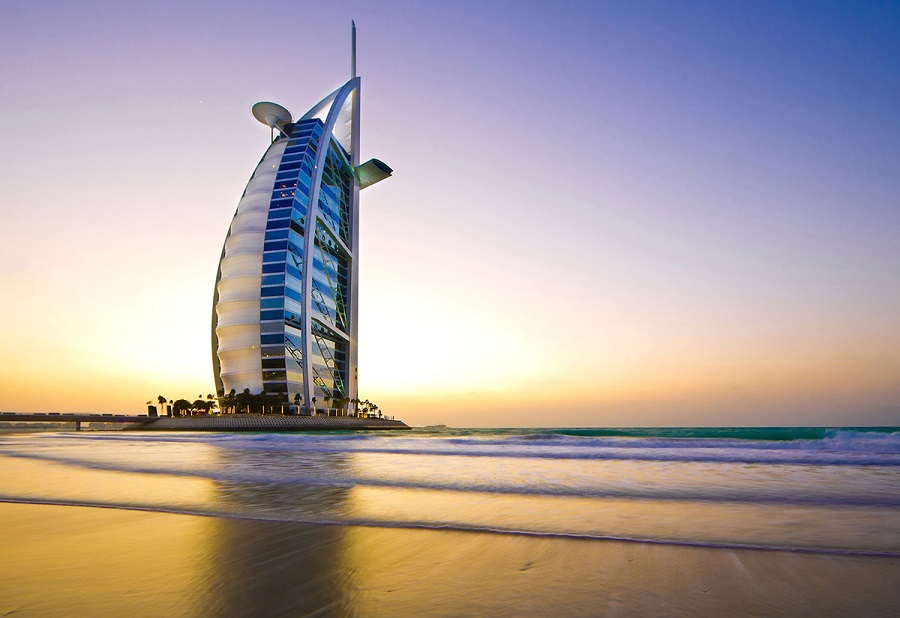Friday, July 5, 2024
Reading Time: 3 minutes
The Middle East is experiencing a remarkable surge in tourism, positioning itself as a leading global travel destination. With strategic investments and innovative developments, the region is set to break records in 2024, further solidifying its status as a tourism powerhouse.
Transformative Growth in Tourism
The Middle East has seen substantial growth in its tourism sector, driven by the commitment of regional governments and significant investments. In 2023, tourism contributed AED 220 billion to the UAE’s GDP, a figure expected to rise to AED 236 billion in 2024. Similarly, Saudi Arabia welcomed 100 million tourists in 2023, showcasing its rapid development as a major travel hub.
Strategic Initiatives and Investments
Countries in the Middle East, particularly the UAE and Saudi Arabia, have implemented strategic initiatives to boost tourism. These include developing world-class infrastructure, expanding airline connectivity, and creating unique cultural and leisure attractions. Dubai, for example, saw a record 17.15 million international tourists in 2023, reflecting a significant growth compared to previous years
Saudi Arabia’s Vision 2030 is a pivotal driver of the country’s tourism boom. The plan includes the creation of new tourist destinations, such as the futuristic city of NEOM, and substantial investments in hospitality and entertainment sectors. These efforts aim to diversify the economy and attract millions of visitors annually.
Promoting Regional and Cultural Tourism
The Middle East is not only focusing on luxury and leisure tourism but also on promoting its rich cultural heritage. Countries like Oman and Jordan are investing in preserving historical sites and promoting eco-tourism. This approach attracts culturally inclined travelers and promotes sustainable tourism practices.
Enhancing the Travel Experience
To enhance the travel experience, Middle Eastern countries are leveraging technology and innovation. The use of digital platforms for seamless travel planning, smart city initiatives, and sustainable practices are integral to the region’s tourism strategy. These advancements ensure a high-quality experience for tourists and support the region’s goal of becoming a top global travel destination
Economic Impact and Job Creation
Tourism’s economic impact in the Middle East is profound. The sector is expected to create nearly 3.6 million jobs over the next decade, averaging 360,000 jobs annually. This growth is crucial for the region’s wider economic recovery and development. The World Travel & Tourism Council (WTTC) forecasts that the travel and tourism GDP in the Middle East will grow at an average rate of 7.7% annually from 2022 to 2032, significantly outpacing the region’s overall economic growth.
Challenges and Opportunities
While the outlook is positive, the Middle East faces challenges such as talent shortages in the hospitality sector and the need for continuous investment in infrastructure. Addressing these challenges presents opportunities for innovation and sustainable growth. By focusing on training and development, the region can build a skilled workforce to support its expanding tourism industry.
The Future of Middle Eastern Tourism
The future of tourism in the Middle East looks bright. With continued investments and strategic initiatives, the region is well on its way to becoming a global tourism leader. The combination of luxury, cultural heritage, and innovative travel solutions ensures that the Middle East will attract a diverse range of tourists from around the world.
Conclusion
The Middle East is set to achieve record-breaking growth in tourism in 2024. With strategic investments, a focus on sustainability, and the promotion of cultural heritage, the region is transforming into a premier global travel destination. The economic benefits and job creation associated with this growth will significantly contribute to the region’s development and prosperity.



